The worrying 2022 has been a golden year for e-commerce development, as the process of reorganizing online commerce itself and transforming consumer habits has been set in motion.
Online shopping has entered the lives of people around the world and continues to displace the traditional retail channel from its leading position.
Group M in its report provides the following forecast for the development of e-commerce in monetary terms.
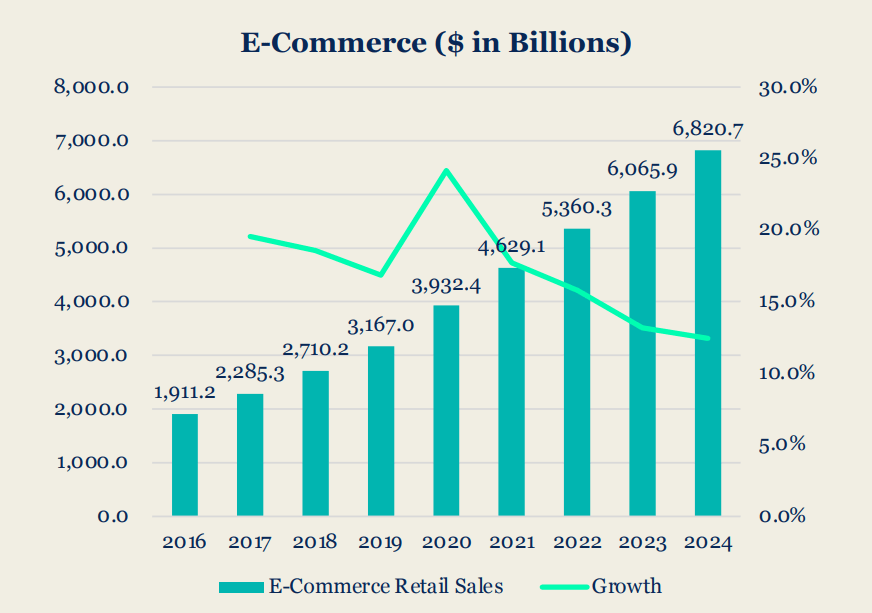
Source: Group M report
According to the forecast, the share of e-commerce in the retail trade turnover will reach 25% by 2024. However, that’s the global average. In China, on the other hand, the figure has already surpassed 50%.
Therefore, there is no question now for businesses whether it is worth developing their online sales channel. The question is what languages a website needs to be localized into to conquer the international market quickly and with a minimum of effort.
Top 10 languages for a website translation in 2023
1. English
If your website is still not in English, fix it immediately! It is considered an international means of communication and the most popular language in the world. It is spoken by 1.2 billion people, and English is the mother tongue of almost 400 million.
Countries, where English has the status of a national language, are:
- the Great Britain (de facto)
- the Unites States of America (de facto)
- Australia (de facto)
- New Zealand (de facto)
- Ireland
- Canada
- India
- Nigeria
- South Africa
And several dozen other states and sovereign territories.
2. Mandarin (simplified Chinese)
China leads the ranking of countries with the largest Internet audience.
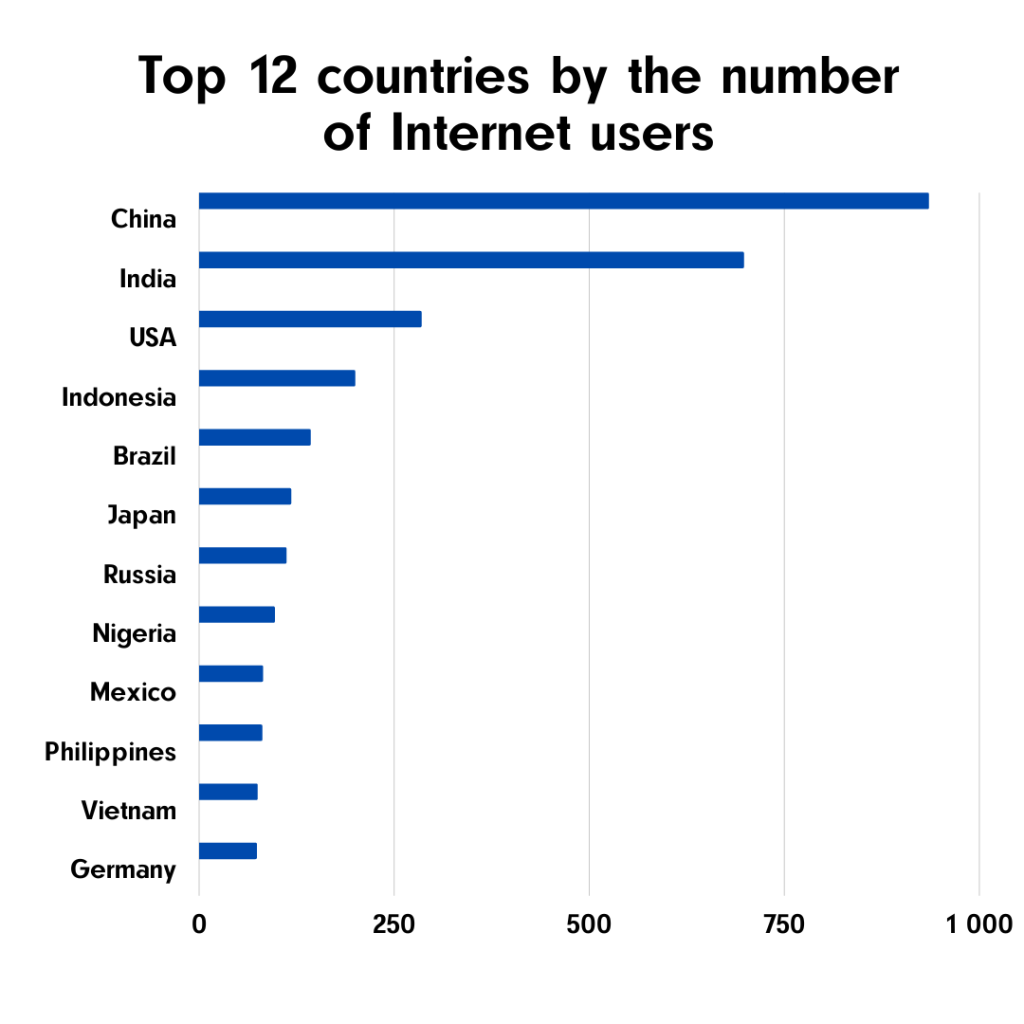 China has long been recognized as the world leader in e-commerce sales. In 2021, the share of online shopping exceeded 50% of total retail (according to eMarketer analytics).
China has long been recognized as the world leader in e-commerce sales. In 2021, the share of online shopping exceeded 50% of total retail (according to eMarketer analytics).
Will you get by with the English version of a website in China? Although English has long been taught in Chinese schools, no more than 1% of the population speaks it fluently. Not even in all tourist locations you can meet an English-speaking Chinese, let alone ordinary people. Therefore, the localization into simplified Chinese, which is common on the mainland, will help to conquer this promising market in many respects.
3. Spanish
500 million people consider Spanish their native language, and 90 million more call it a second language of communication.
Almost all Spanish speakers live in the Americas (see Infographic)
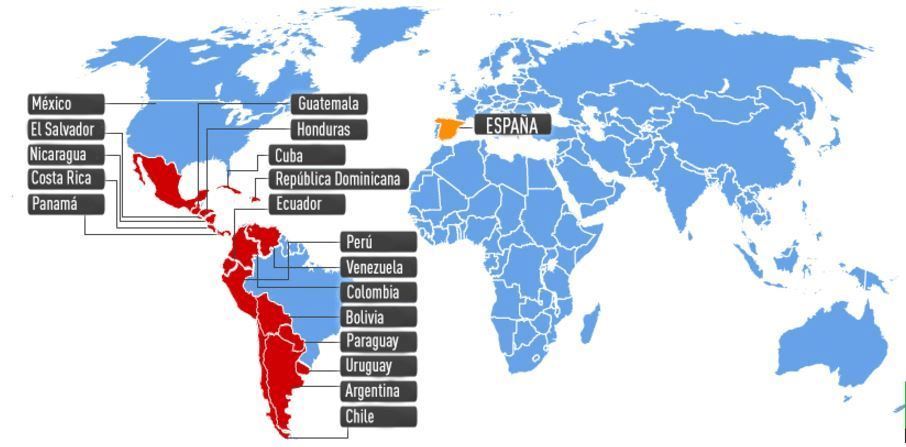
Source: https://saavedra.ru/
About 90% of Spanish speakers live in the Americas, and the most Spanish-speaking country in the world is Mexico, with 100 million speakers. It is followed by Spain with 50 million, Colombia with 44 million; Argentina with 41 million speakers, and the US with 35 million. Therefore, the localization into Spanish will provide an opportunity to reach audiences from several countries at once.
4. Arabic
Orientals are very conservative when it comes to language – in 7 out of 10 cases, they will choose Arabic for their smartphone menu or a website they are browsing.
Arabic is spoken in 23 countries and understood by more than a billion people, living from Morocco to Bangladesh, Malaysia to Indonesia, and Turkey to Yemen.
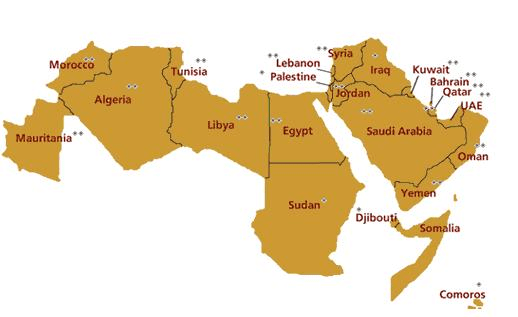
Source: http://www.arabiclanguage.ru/
The UAE and Saudi Arabia are not only the richest countries in the Middle East but also the most promising for promoting Internet products with a large solvent audience. Want to win it over? Localize a website into Arabic.
5. German
It is an official language in several countries, such as Germany, Belgium, Austria, Liechtenstein, Switzerland, and Luxembourg. It is spoken by more than 130 million people worldwide.
According to Statista Digital Market Outlook, Germany is the fifth-largest e-commerce market with revenues of $109.1bn in 2021. Amazon, OTTO, Zalando (see Infographic) are at the top of the biggest online retailers
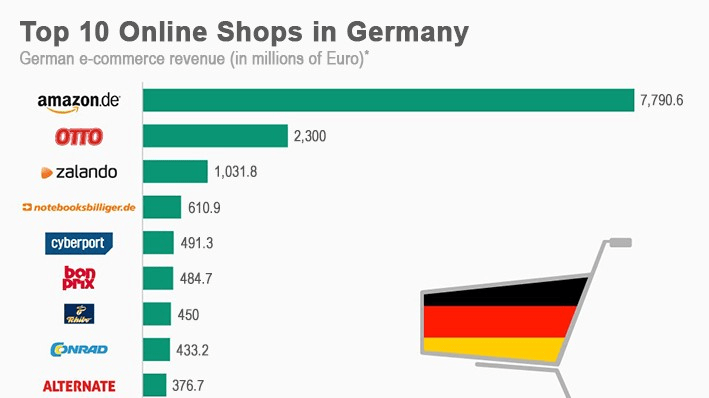
Source: https://www.dotmagazine.online/
6. Japanese
Japan is the world’s 4th largest e-commerce market after China, the US, and the UK and is an attractive market for business expansion. More than 120 million Japanese speakers live here. Yet another 1.5 million people live in the USA, Brazil, Peru, China, Canada, Argentina and Mexico.
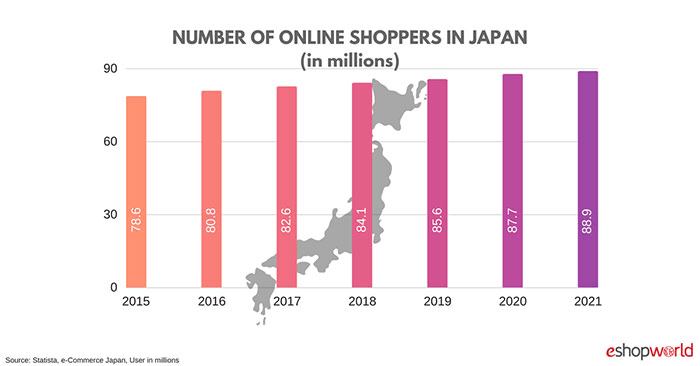
Source: https://www.infocubic.co.jp/
7. Portuguese (Brazilian)
Portuguese is the fifth most widely spoken language in the world and is the official language of Brazil, Angola, Cape Verde, Guinea-Bissau, Mozambique, Sao Tome, Principe, and East Timor. It is also spoken in Macao and Goa.
In Brazil it is spoken by more than 200 million people. But don’t confuse Brazilian Portuguese with its European version. They have a lot of differences, from phonetics and vocabulary to sentence construction.
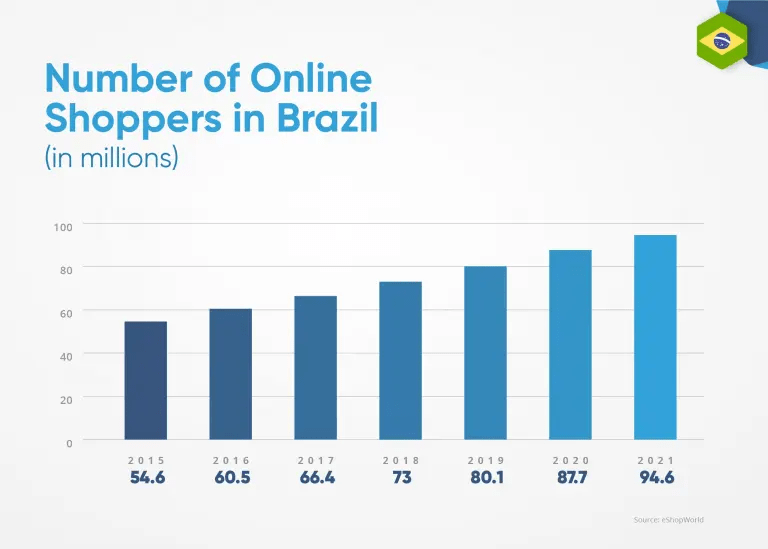
Source: https://www.ecommercenext.org/
8. French
There are 100 million French speakers living on the planet. It is officially acknowledged in 29 countries, including France, Belgium, Canada, Switzerland, Monaco, Luxembourg, Congo, Côte d’Ivoire, Madagascar, Niger, and Cameroon. In addition, according to Newzoo reports, France and Canada are among the ten countries with the highest gaming revenues, which means they have an engaged and solvent audience. Therefore, this language should not be ignored when developing a strategy for conquering the international market.
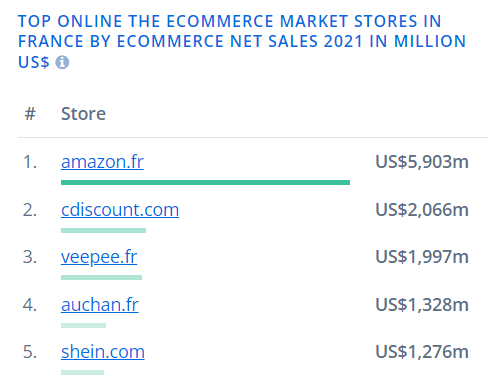
Source: https://ecommercedb.com/
9. Korean
It is the official language of the DPRK and the Republic of Korea. It is also spoken in China, Japan, the USA, Russia, and Central Asian countries – a total of 78 million people worldwide.
According to Statistics Korea, in 2021 the monthly transaction growth rate has increased by 25% compared to the previous year and continues to grow in 2022.
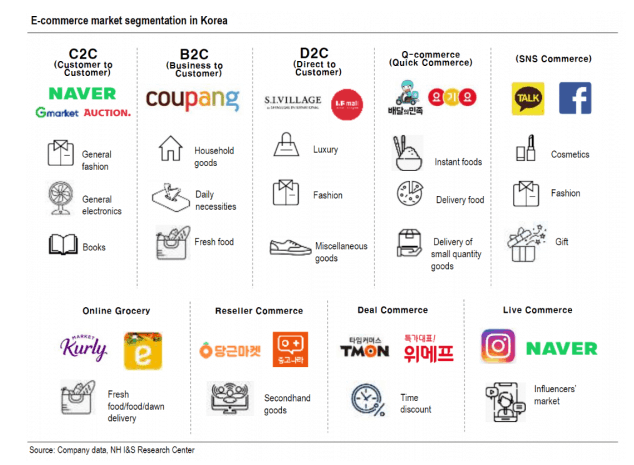
Source: https://momotherose.com/
10. Hindi
Hindi is the second only to Chinese in terms of the number of speakers. According to SIL International, Hindi is the 5th most spoken mother tongue in the world after Chinese, Arabic, Spanish, and English. In India it is spoken by 40% of the population.
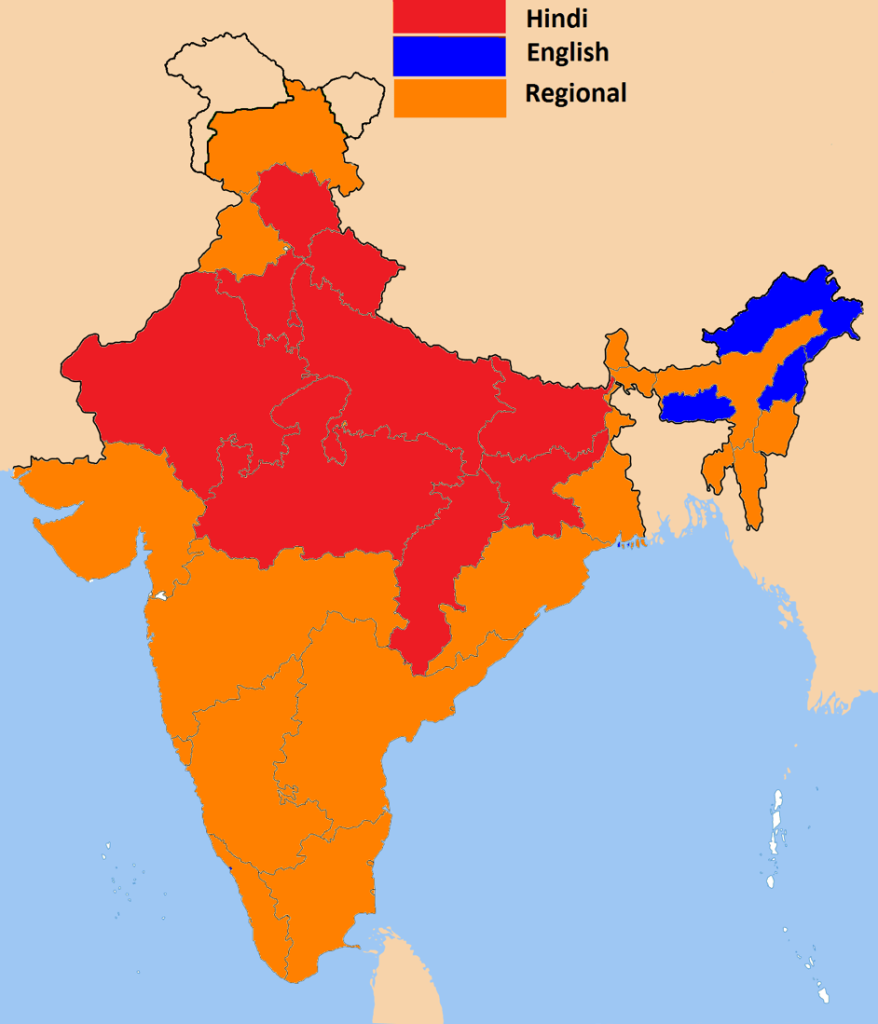
Source: https://hellolanguage.ru/
How much does it cost to translate a website?
The cost of the localization depends on several factors, among them:
- language pair;
- volume and subject matter of a website;
- urgency of an order.
Translating into popular languages such as English, French or German will cost less than into rare languages (such as Hindi or Chinese) because there are more of them and they cost less. Do you want to localize into several languages at once? Each language pair will increase the estimate many times over.
Nevertheless, the decisive factor for pricing is still the volume: for the translation of a small landing page, pay from $70, and the localization of a large corporate website or online store will cost $1,500-$2,000.
Still haven’t decided which language to choose for the localization? In order not to miscalculate, be geographically oriented – for European audiences, use the localization into English and FIGS languages (French, Italian, German, Spanish). And for Asian countries – there are CJK languages: Chinese, Japanese, and Korean.

Expert in legal marketing. Head of marketing agency MAVR.
Business degree “Master of Business Administration” (MBA).
